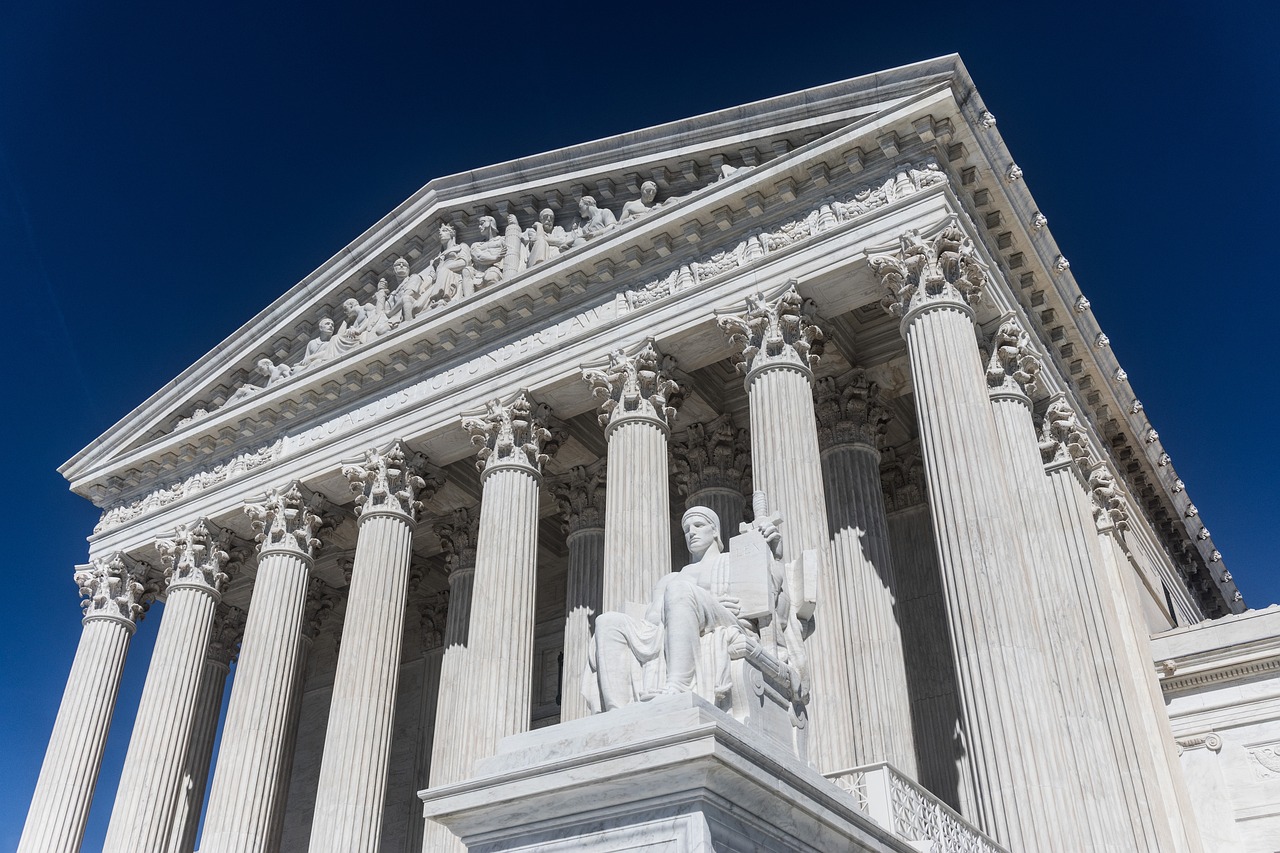The US Supreme Court on Tuesday agreed to hear San Francisco’s dispute against the Environmental Protection Agency (EPA) over permitting wastewater disposal into the Pacific Ocean under the Clean Water Act (CWA).
The issue in the case City and County of San Francisco v. Environmental Protection Agency centers on whether the Clean Water Act allows the Environmental Protection Agency (or an authorized state) to impose generic prohibitions in National Pollutant Discharge Elimination System permits. The question proposes how the EPA can subject permit-holders to enforcement for violating water quality standards without identifying specific limits to which their discharges must conform.
In this case, the city of San Francisco contended that the limitations of the permit issued for its wastewater discharge into the Pacific Ocean violate the Clean Water Act because the enforcement is too vague and doesn’t impose specific limits. In the petition to the Supreme Court, the city argued, “[t]hese blanket requirements instead subject San Francisco to the crushing consequences of the CWA’s enforcement machinery without prior notice of what the Act requires.” The city claimed the regulations are arbitrary and capricious.
The EPA, represented by Solicitor General Elizabeth Prelogar, in response to the petitioners, argued that the EPA “sets forth limits or levels of water quality characteristics,” requiring, among other things, that “[f]loating particulates and grease and oil shall not be visible” and that “[t]he pH shall not be changed at any time more than 0.2 units from that which occurs naturally,” Prelogar said that contrary to petitioner’s assertion, the requirements adequately “defin[e] [petitioner’s] obligations to protect water quality.” Further, the EPA stated that the petitioner has not identified any language in any particular water quality standard that the petitioner believes to be vague or insufficiently clear.
San Francisco has a long history of complying with the Clean Water Act. Under normal conditions, water in the now contested oceanside system receives primary and secondary treatment before discharge. The Ninth Circuit’s decision, in favor of the EPA, gave a clear distinction as to what is at stake, “During heavy rains, however, combined waste and stormwater can exceed the system’s total 65 million gallons per day capacity and can be discharged before receiving primary or secondary treatment at the Oceanside plant.” In such cases, wastewater receives only “equivalent-to-primary treatment,” including “skimming of floatable solids” before discharge. The areas affected are regularly populated by beachgoers and may pose an environmental hazard after storm surges.
Thus, the Ninth Circuit Court of Appeals held that the EPA had authority under its “Combined Sewer Overflow Control Policy” to require San Francisco to update its long-term control plan for its combined sewer overflows and reevaluate alternatives for its combined sewer overflow discharges to sensitive areas. The court decided that the EPA’s ability to require San Francisco to update its long-term control plan was not conditioned on a finding that water quality standards were not being met and was rationally supported by evidence in the record.
When the Supreme Court hears the case next October, the decision may determine how the Clean Water Act will be interpreted regarding wastewater discharge permits, specifically whether the EPA can issue permits with “narrative” limitations (such as prohibiting discharges that “cause or contribute to a violation of any applicable water quality standard”) instead of specific numeric limits. This could impact how other cities and industries handle wastewater disposal, specifically with increased storm surge issues due to climate change.
Regardless of the outcome, the court’s decision will provide legal clarity for municipalities, industries, and environmental groups.


